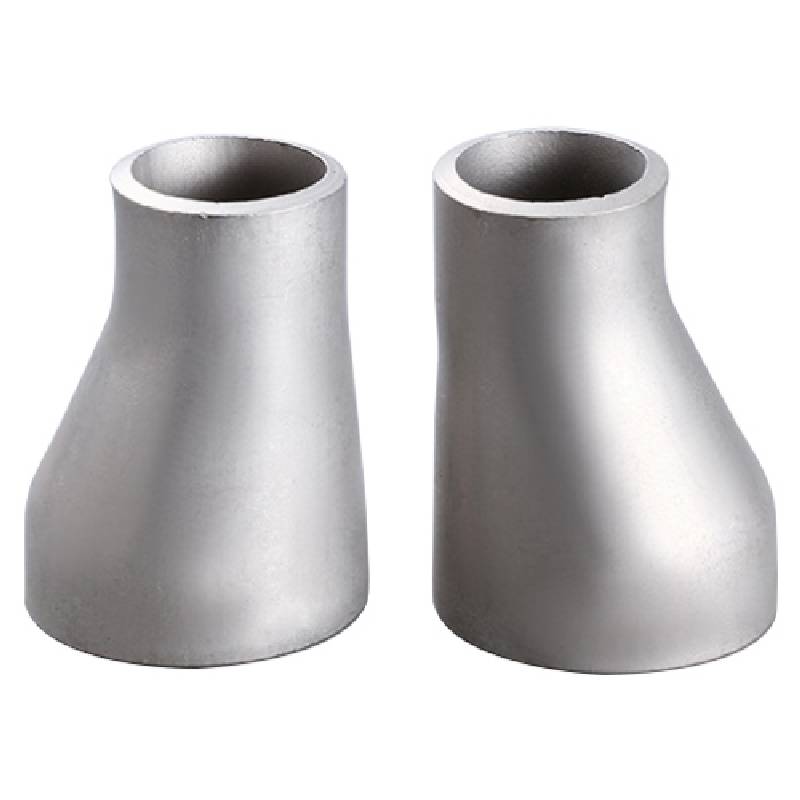-
Cangzhou Yulong Steel Co., Ltd.
-
Phone:
+86 13303177267 -
Email:
admin@ylsteelfittings.com
- English
- Arabic
- Italian
- Spanish
- Portuguese
- German
- kazakh
- Persian
- Greek
- French
- Russian
- Polish
- Thai
- Indonesian
- Vietnamese
- Zulu
- Korean
- Uzbek
- Hindi
- Serbian
- Malay
- Ukrainian
- Gujarati
- Haitian Creole
- hausa
- hawaiian
- Hebrew
- Miao
- Hungarian
- Icelandic
- igbo
- irish
- Japanese
- Javanese
- Kannada
- Khmer
- Rwandese
- Afrikaans
- Albanian
- Amharic
- Armenian
- Azerbaijani
- Basque
- Belarusian
- Bengali
- Bosnian
- Bulgarian
- Catalan
- Cebuano
- China
- China (Taiwan)
- Corsican
- Croatian
- Czech
- Danish
- Esperanto
- Estonian
- Finnish
- Frisian
- Galician
- Georgian
- Kurdish
- Kyrgyz
- Lao
- Latin
- Latvian
- Lithuanian
- Luxembourgish
- Macedonian
- Malgashi
- Malayalam
- Maltese
- Maori
- Marathi
- Mongolian
- Myanmar
- Nepali
- Norwegian
- Norwegian
- Occitan
- Pashto
- Dutch
- Punjabi
- Romanian
- Samoan
- Scottish Gaelic
- Sesotho
- Shona
- Sindhi
- Sinhala
- Slovak
- Slovenian
- Somali
- Sundanese
- Swahili
- Swedish
- Tagalog
- Tajik
- Tamil
- Tatar
- Telugu
- Turkish
- Turkmen
- Urdu
- Uighur
- Welsh
- Bantu
- Yiddish
- Yoruba

Лис . 10, 2024 08:23 Back to list
Understanding the Applications and Benefits of Concentric Reducers in Piping Systems
Understanding Concentric Reducers An Overview
In the realm of piping and fluid dynamics, the efficient management of flow and pressure is crucial. One essential component that facilitates these functions is the concentric reducer. Concentric reducers are piping fittings that allow for a gradual transition between two different pipe diameters, ensuring a smooth flow of fluid and minimizing turbulence. This article delves into the concept of concentric reducers, their design, applications, and advantages.
What is a Concentric Reducer?
A concentric reducer is a plumbing or piping component that connects two pipes of varying diameters, where the smaller pipe is centered along the same axis as the larger pipe. Unlike eccentric reducers, which create an off-center transition, concentric reducers provide a uniform change in diameter. This design helps to maintain the alignment of the pipe system and is particularly useful in applications where space is limited or where aesthetic considerations are important.
Design and Construction
Concentric reducers are typically constructed from various materials, including steel, stainless steel, PVC, and other alloys, depending on the intended application and the type of fluid being transported. They come in various sizes and shapes to accommodate different piping systems. The manufacturing process usually involves forming, welding, or molding the materials to achieve the desired dimensions and properties, ensuring that they can withstand the operating conditions, such as pressure and temperature.
The design of concentric reducers is crucial for their performance. The internal surface is often smooth to promote efficient fluid flow, reducing the likelihood of clogging and wear. The geometry of a concentric reducer is meticulously calculated to minimize pressure drops across the fitting, thus optimizing the overall efficiency of the system.
Applications of Concentric Reducers
Concentric reducers are widely used in various industries, including oil and gas, chemical processing, water treatment, and HVAC systems, among others. They play a critical role in managing the flow of liquids and gases, ensuring that systems operate effectively and safely.
1. Oil and Gas In the oil and gas industry, concentric reducers are essential for transporting crude oil and natural gas through pipelines. They help in connecting different sections of piping that may have varying diameters due to changes in pipeline specifications.
2. Chemical Processing Chemical plants often deal with different fluids that require precise control of flow rates and pressures. Concentric reducers facilitate these changes, allowing for safe and efficient chemical transfer.
concentric reducer

3. Water Treatment In water treatment facilities, these reducers play a vital role in the distribution of treated water through varying pipe systems, ensuring that pressure levels remain stable.
Advantages of Using Concentric Reducers
The use of concentric reducers offers several advantages
- Reduced Turbulence The smooth transition from one diameter to another significantly reduces turbulence, which helps maintain the efficiency of the system.
- Improved Flow Efficiency By minimizing pressure drops, concentric reducers help maintain the flow efficiency of the entire piping system.
- Versatility Available in a range of sizes and materials, concentric reducers can be customized to fit a wide variety of applications.
- Ease of Installation Their design allows for straightforward installation, which can help reduce labor costs and time during construction or maintenance.
- Alignment Maintenance By providing a centered transition, they ensure that the alignment of connected pipes remains intact, reducing the risk of leaks and failures.
Conclusion
Concentric reducers are vital components in many piping systems, contributing to the efficiency and reliability of fluid transportation. Their design, construction, and application across various industries illustrate their importance in ensuring effective fluid flow management. Whether in oil and gas, chemical processing, or HVAC systems, the functionality and benefits of concentric reducers make them indispensable in modern engineering. As demands for efficiency and safety in fluid handling continue to grow, the role of concentric reducers will undoubtedly evolve, further highlighting their significance in industrial applications.
Latest news
-
ANSI 150P SS304 SO FLANGE
NewsFeb.14,2025
-
ASTM A333GR6 STEEL PIPE
NewsJan.20,2025
-
ANSI B16.5 WELDING NECK FLANGE
NewsJan.15,2026
-
ANSI B16.5 SLIP-ON FLANGE
NewsApr.19,2024
-
SABS 1123 FLANGE
NewsJan.15,2025
-
DIN86044 PLATE FLANGE
NewsApr.19,2024
-
DIN2527 BLIND FLANGE
NewsApr.12,2024
-
JIS B2311 Butt-Welding Fittings LR/SR 45°/90° /180°Seamless/Weld
NewsApr.23,2024











